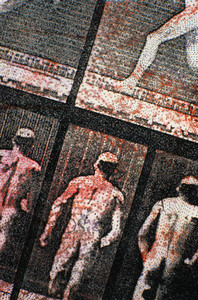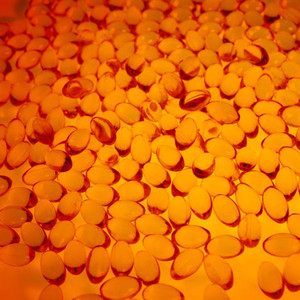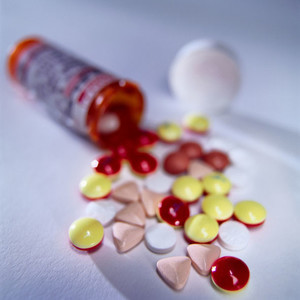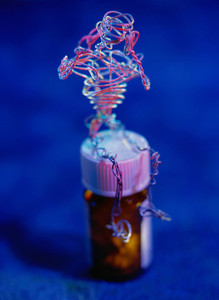A row over generics prescribing has erupted in Italy, with the government and physicians at odds over changes to prescribing rules.
Italy has lacked strong pro-generic policies in the past and negative attitudes to generics among physicians have kept the generics share of the market low [1], and it seems the situation has not changed.
Italy, despite being one of Europe’s largest pharmaceutical markets [2], has one of the smallest generics markets compared to other European countries. In 2011, only 13.5% of prescriptions in Italy were prescribed as generics, accounting for 6.7% of the market value [3].
In an attempt to reduce public spending by increasing the use of generics, the Italian Government has recently introduced a new law requiring physicians to indicate on the prescription that a brand-name drug can be substituted if a generic alternative exists.
Physicians from the Italian Federation of General Practitioners (Federazione Italiana Medici di Famiglia, FIMMG) and the National Syndicate of Independent Italian Doctors (sindacato nazionale autonomo medici italiani, SNAMI), however, have reacted angrily to the proposals, seeing it as unacceptable interference in a physician’s treatment of patients. Leaders of the organisations have even gone so far as to propose that physicians write ‘not substitutable’ on all their prescriptions and have even suggested possible strike action over the issue.
Changes to the software used by Italian physicians to assist them in prescribing has caused further anger. The software has apparently been changed to print the words ‘substitutable with generics equivalent with a lower price’ next to the drug prescribed. This has caused FIMMG to recommend that physicians avoid using the software.
Italy has never been an easy market for generics. The existence of a market of copies–drugs of the same active substance marketed, with their own brand name, often by the originator–itself has posed a barrier to the development of the Italian generics market [4].
In addition, the unusual implementation of Italian patent law in the early 1990s has meant that many drugs off-patent in the rest of Europe are still protected in Italy. Generics manufacturers have had to contend with national patent supplementary certificates which can be applicable for up to 18 years [2], and not being able to apply for market authorisation before patents expire.
The patent-linkage issue is being addressed by the European Commission [5], but Italian physician’s attitudes will be a more difficult one to overcome. It seems their attitudes are at odds with the rest of Europe, where generics are becoming more and more accepted as a safe and cost-effective manner to ensure that medicines are accessible to all patients.
Related article
Italian austerity measures include generic price cuts
References
1. Pisani J, Bonduelle Y. Opportunities and barriers in the biosimilar market: evolution or revolution for generics companies? 2006.
2. Espicom. Italy Generics Market Intelligence Report. 2006 Mar.
3. Assogenerici. [The generic drug: numbers and dimensions, August 2011]. Il farmaco generico: numeri e dimensioni, agoiornamento Agosto 2011 [page on the Internet]. Assogenerica, Italy [cited 2012 Feb 16]. Italian. Available from: www.assogenerici.org/articolihome/AGGIORNAMENTO_DATI_AGOSTO_2011.pdf
4. Simoens S, De Coster S. Sustaining generic medicines markets in Europe. 2006 Apr [monograph on the Internet]. Brussels, Belgium, European Generic Medicines Association (EGA); [cited 2012 Feb 17]. Available from: www.egagenerics.com/doc/simoens-report_2006-04.pdf
5. GaBI Online - Generics and Biosimilars Initiative. Italy asked to comply with marketing rules for generics [www.gabionline.net]. Mol, Belgium: Pro Pharma Communications International; [cited 2012 Feb 17]. Available from: www.gabionline.net/Generics/News/Italy-asked-to-comply-with-marketing-rules-for-generics
Source: APM, FIMMG, SNAMI








 0
0











Post your comment